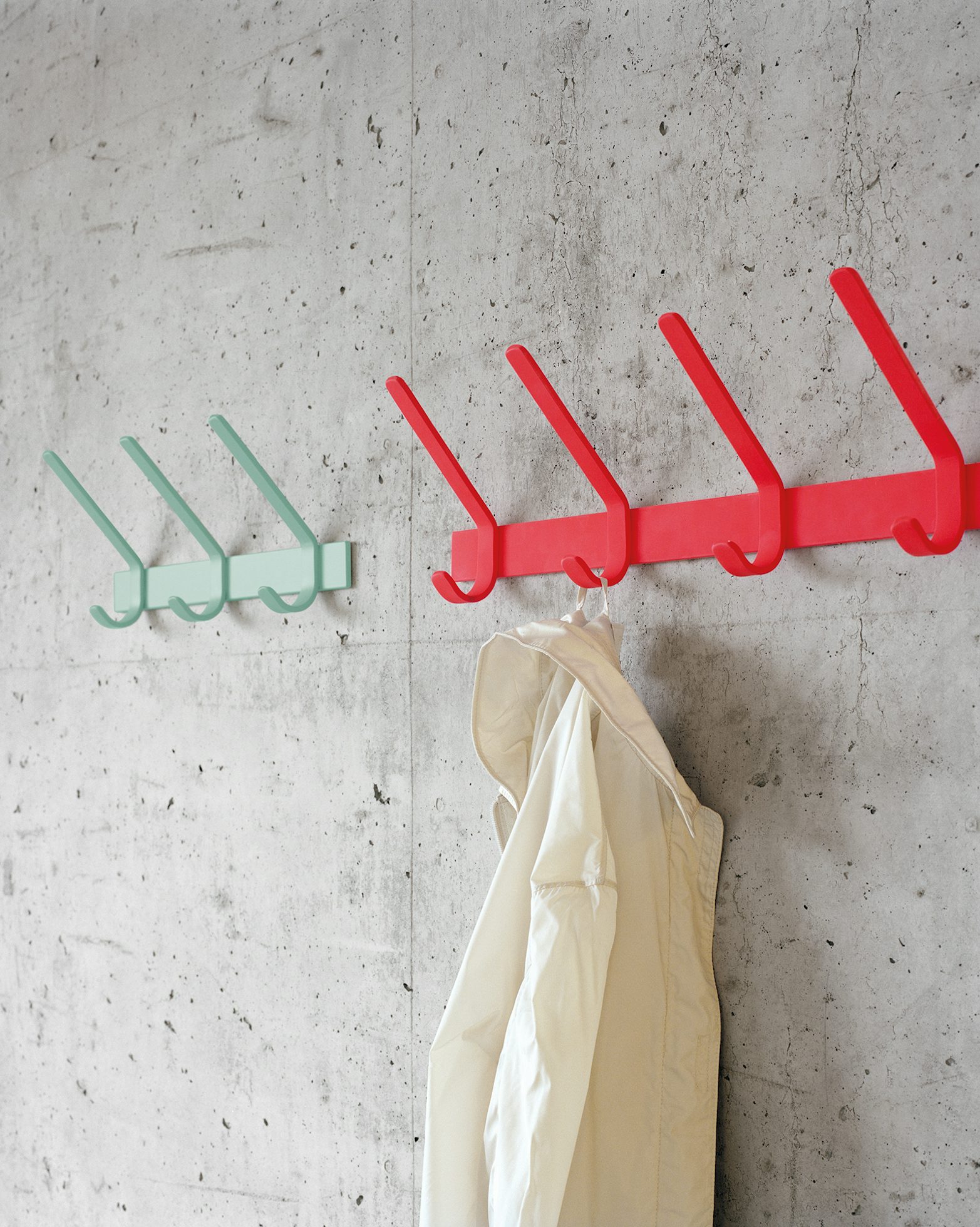Product Gallery
Video
Le Corbusier
Switzerland (1887–1965)
There are perhaps only a handful of people who truly changed the way the 20th Century looked, and Le Corbusier was without a doubt one of them. A self-taught polymath in the fields of architecture, philosophy, and design, Le Corbusier was among the very first to encourage the use of tubular steel and concrete, and certainly a master of those materials. His work emphasizes profile over ornament, with a firm belief that simple geometric forms are best.
Born Charles-Edouard Jeanneret-Griss in 1887, by the age of twenty he’d relocated from Switzerland to Paris, shortened his name to Le Corbusier, and designed his first house. Le Corbusier went on to conceive the International Style, a philosophy that favored open floor plans, concrete structures raised on support pillars, and horizontal windows instead of ornamented facades. Buildings like his Radiant City in Marseille remain the ne plus ultra of Modernism and prefigured Brutalism, influencing generations of architects to come. And his furniture has grown even more influential since his death in 1965. Seating like his steel-and-hide LC1 chair are, while radical in their day, are now like timeless classics, often imitated but never bettered.
More in Additions
View All
Deadline Mirror Collection

by Ferdinand Kramer
for e15
Uni Coat Rack

by Arne Tjomsland
for Eikund
Isbjørn
More in Le Corbusier
View All
by Le Corbusier
for Cassina
LC14 Stool

by Le Corbusier
for Cassina
Service Prunier

by Le Corbusier
for Cassina








